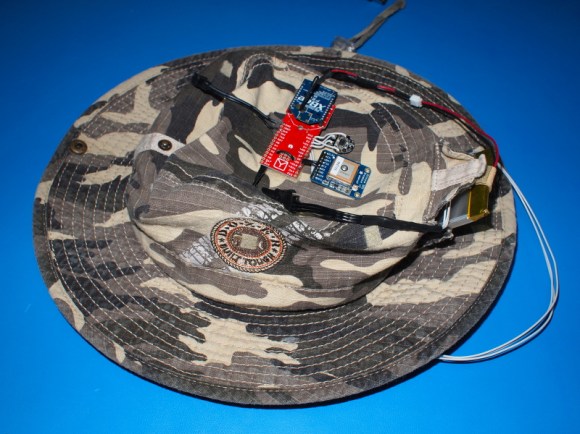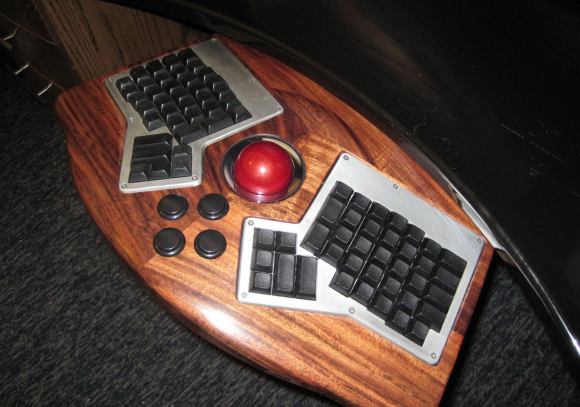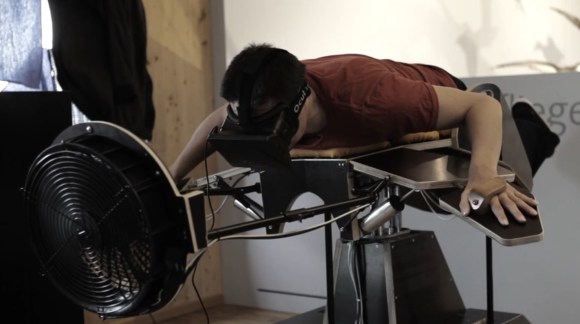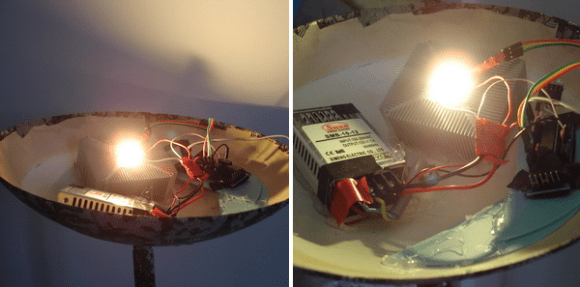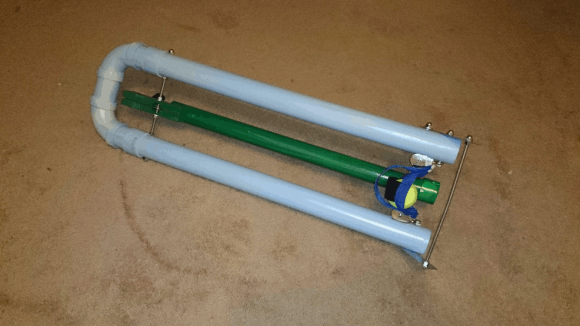
Corning’s Gorilla Glass is very scratch resistant, shatter resistant, heat resistant, and even flexible material — it’s actually a perfect candidate to be used as a print bed material. The only problem is it’s not typically sold outside of consumer products, but that’s when [cvbrg] realized an iPad’s replacement screen would fit his maker-bot perfectly.
One of the biggest problems people encounter with 3D printing usually involves the print bed. Sometimes the prints don’t stick, the edges peel, or it even gets stuck on there too well when it’s done! A popular solution is a borosilicate glass bed, which typically helps with adhesion and surface finish — but again, sometimes the prints don’t want to come off! Sometimes parts can even tear up pieces of the glass bed when you’re trying to remove them. People usually counteract this with Kapton tape, which can become a headache in its own right — trying to apply it bubble free, tearing it, doing it all over again…
Using an iPad’s screen (only about $15 on eBay), means you can hack and jab at the print bed all you want without fear of breaking it – It even has a bit of flex to it to help pry your parts off. Did we mention it also has a very uniform flatness, good thermal conductivity, and resistant to pretty much all solvents?
Continue reading “3D Printing Directly Onto Your IPad Screen”

